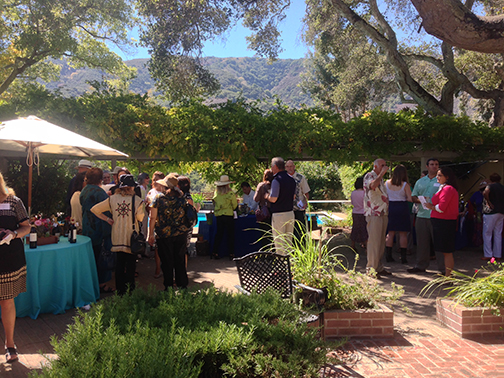UPRIGHT
Excerpt from PURSUIT: Ya Kuwinda.
This is Book #1 in Brandon’s Pursuit Series.
The newly-revised 2nd Edition was released in 2018.
 She was walking through the Monterey pine and cypress forest, head bent, stooping deeply while inspecting the soil. She remembered what her father had told her, “Always remember to look up.” She hadn’t fully comprehended what he had meant; her nose was always to the grindstone. Always remember to look up? What kind of advice is that?
She was walking through the Monterey pine and cypress forest, head bent, stooping deeply while inspecting the soil. She remembered what her father had told her, “Always remember to look up.” She hadn’t fully comprehended what he had meant; her nose was always to the grindstone. Always remember to look up? What kind of advice is that?
The coastal pine forest in Central California was an incredible place, almost holy—the soil a deep chocolate mélange of organic materials, a fusty, rich womb of fundamental creation. She embraced it every morning: the dawn with perfectly descending sunlit fingers, toying with wisps of fog and ferns as they casually touched down upon a pristine landscape, like the forest was immaculately tended by tiny invisible terrestrial gardeners.
The smell of the land, the soft indirect lighting and the slight chill in the air, even in the summer, had enticed her onto her life’s path. She felt most at home in the arms of Mother Nature. Living for the moment in that forest and remembering her father’s words, she did look up, just out of curiosity. She saw a grove of the structurally impressive Cupressus macrocarpa, the legendary Monterey cypress, and marveled at its architecture.
She spied a spectacular 100-foot Pinus radiata—a Monterey pine. This stately tree should have been extinct years ago and, as such, the species was riddled by countless insidious pests. Wood boring beetles, viruses, and a host of other denigrators had caused this large, 150-year-old specimen to topple onto a lower sapling. The young tree lay at a 45-degree angle, smothered by the ancient, dying pine. The tip of the sapling was stubbornly raising its head up to the sky, perpendicular to the forest floor.
Harper’s memory wandered back to that precious summer with her father so long ago.
Every human strives to be upright whether they are aware of it or not. Even if he or she has had the worst possible situations descend upon them, forced to the ground, they will struggle to stay upright. Look around you in the forest, child; you will see it happen over and over. You can see the young saplings leaning, stretching, and clamoring to find their place in the sun. When they get established in their own particular spot, they reach for the sky in perfect harmony with the light, the earth, and in alignment with sheer gravity.
This is what you must do, my little sapling. Take the blows dealt to you and use them to support your stature. The upright life you lead will be a beacon for the rest of the forest.
She smiled softly. She would have given anything for more time with her father.

